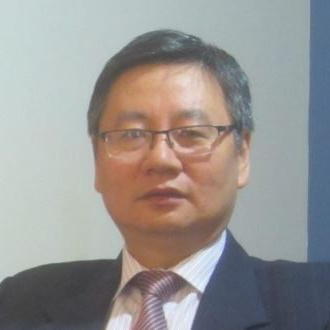Iron Ore Agglomeration
A special issue of Metals (ISSN 2075-4701).
Deadline for manuscript submissions: closed (28 February 2023) | Viewed by 3403
Special Issue Editor
Interests: high-temperature processing of minerals and wastes; thermodynamics and kinetics of pyrometallurgical processes; environmental issues in pyrometallurgical processes; alloy solidification
Special Issue Information
Dear Colleagues,
Iron ore, as an essential input for the production of crude steel, feeds the world’s largest trillion-dollar-a-year metal market and is the backbone of global infrastructure. To satisfy our growing demand for steel products, world iron ore production has increased drastically since 2000. As a result, traditional high-grade iron ore reserves are depleting significantly. Iron ores from new ore deposits are either too friable with a low yield of lump (−31.5+6.3 mm) or need to be crushed, ground, and upgraded to achieve the target grade. Therefore, the majority of iron ores currently produced from mines are sinter fines (−8 mm) and concentrates (−2mm even finer).
Due to the countercurrent principle based on which the blast furnace and shaft furnace DR processes are operated, iron ore sinter fines and concentrates cannot be directly used. Depending on the characteristics of raw materials available, iron ore agglomerates can be produced by sintering, pelletization, and briquetting. Extensive efforts have been made worldwide to optimize the existing agglomeration processes/agglomerates and/or to develop alternative agglomeration processes/agglomerates to address the deteriorating quality of raw materials and increasingly stringent environment regulations.
In this Special Issue, we welcome the reviews and research articles in, but not limited to, the following areas
- Iron ore characteristics and their impacts on the final agglomerates’ quality and process performance;
- Evaluation technologies of iron ore for different agglomeration processes;
- Evaluation of agglomerates for blast furnace and alternative ironmaking processes;
- Fundamental aspects of agglomeration processes, in particular, bonding mechanisms of green and fired agglomerates during various stages of agglomeration;
- Low emission technologies;
- Alternative agglomeration processes and agglomerates including cold bonded agglomerates and iron ore-carbon composite agglomerates;
- Agglomeration and recycling of iron bearing wastes and tailings.
Dr. Liming Lu
Guest Editor
Manuscript Submission Information
Manuscripts should be submitted online at www.mdpi.com by registering and logging in to this website. Once you are registered, click here to go to the submission form. Manuscripts can be submitted until the deadline. All submissions that pass pre-check are peer-reviewed. Accepted papers will be published continuously in the journal (as soon as accepted) and will be listed together on the special issue website. Research articles, review articles as well as short communications are invited. For planned papers, a title and short abstract (about 100 words) can be sent to the Editorial Office for announcement on this website.
Submitted manuscripts should not have been published previously, nor be under consideration for publication elsewhere (except conference proceedings papers). All manuscripts are thoroughly refereed through a single-blind peer-review process. A guide for authors and other relevant information for submission of manuscripts is available on the Instructions for Authors page. Metals is an international peer-reviewed open access monthly journal published by MDPI.
Please visit the Instructions for Authors page before submitting a manuscript. The Article Processing Charge (APC) for publication in this open access journal is 2600 CHF (Swiss Francs). Submitted papers should be well formatted and use good English. Authors may use MDPI's English editing service prior to publication or during author revisions.
Keywords
- iron ore
- sintering
- pelletizing
- alternative agglomeration
- ironmaking
- alternative ironmaking





